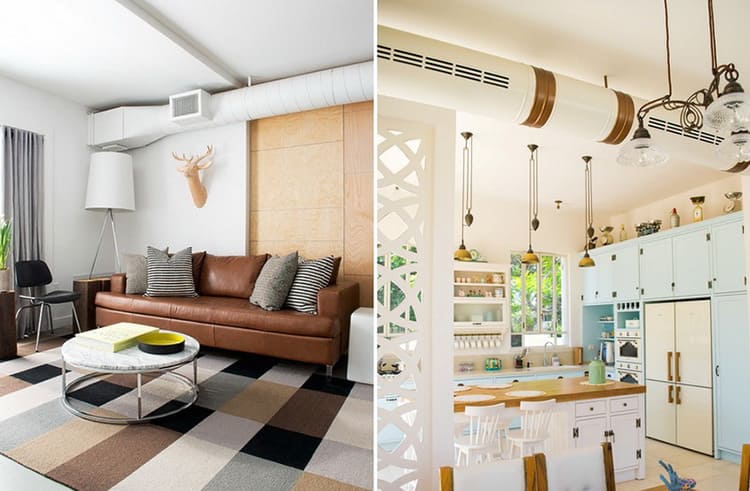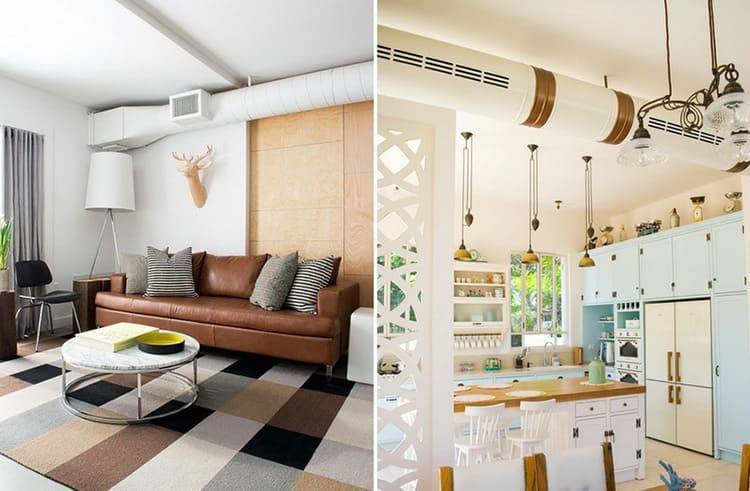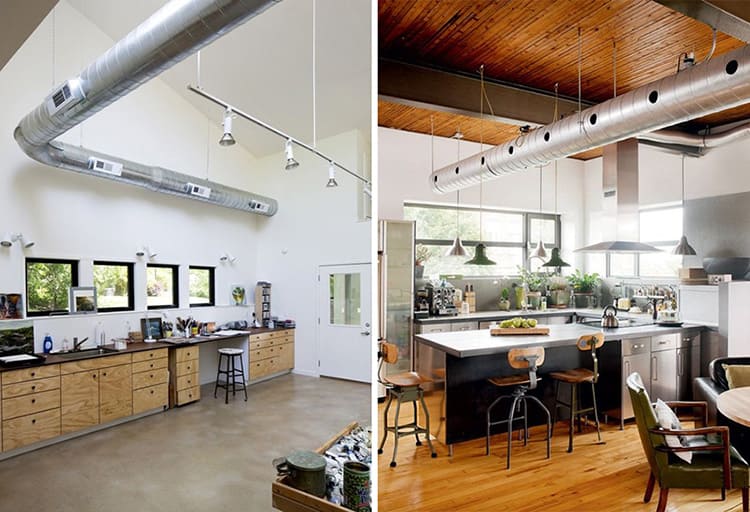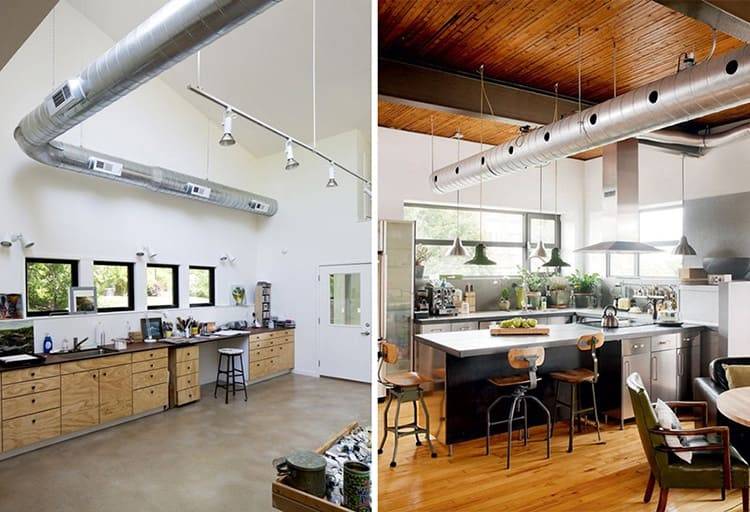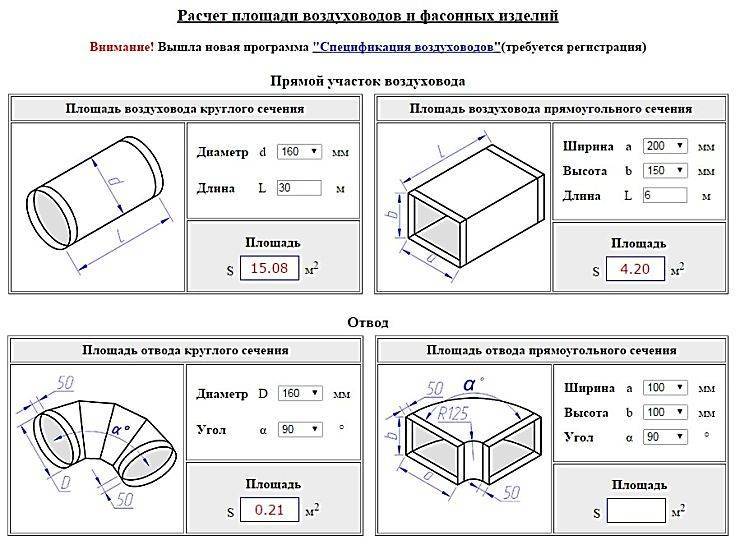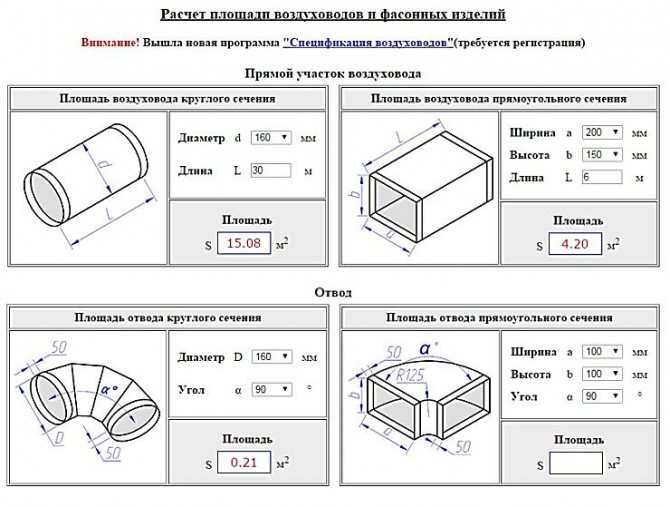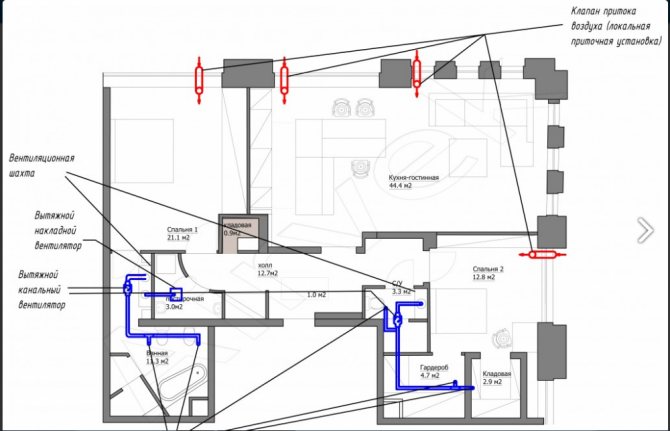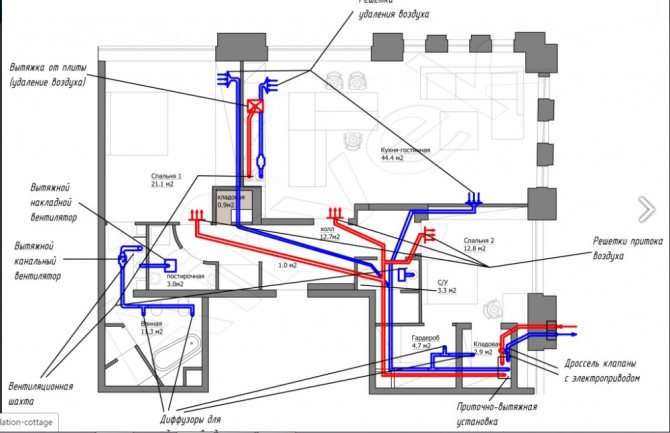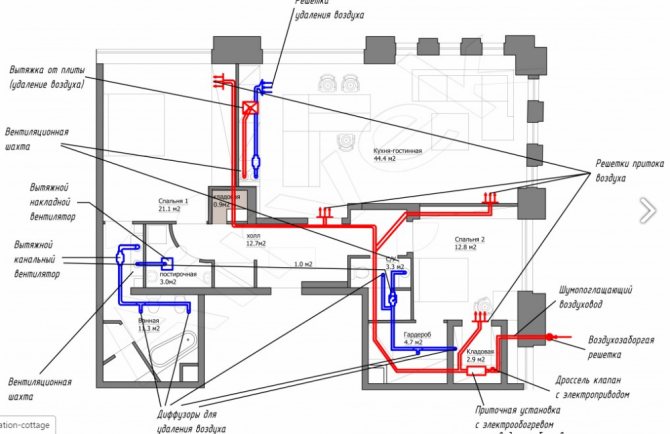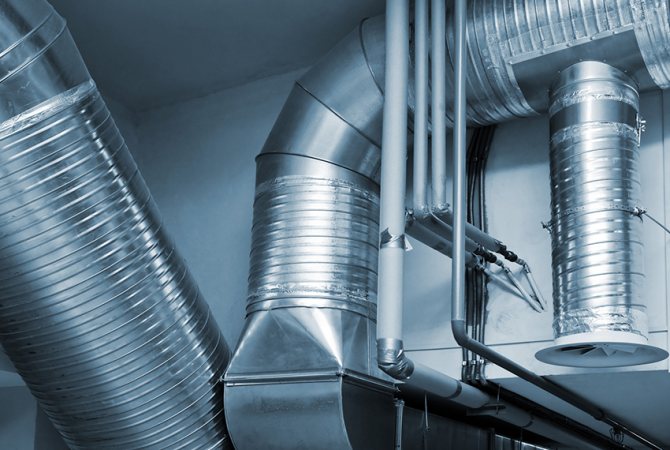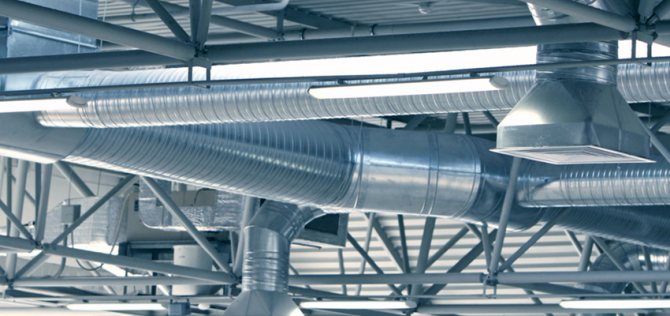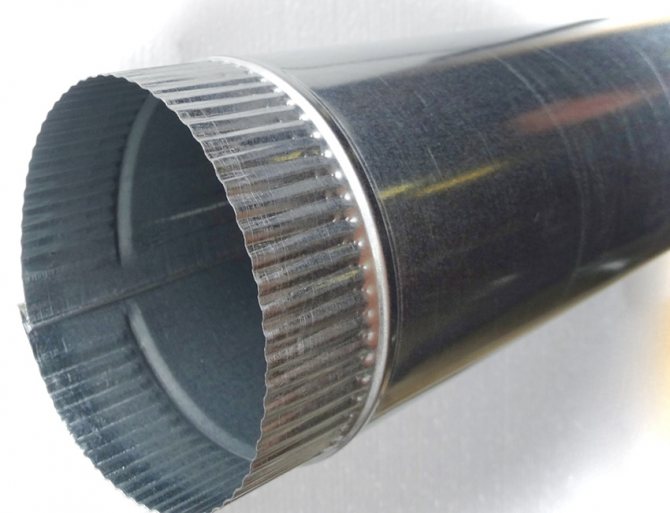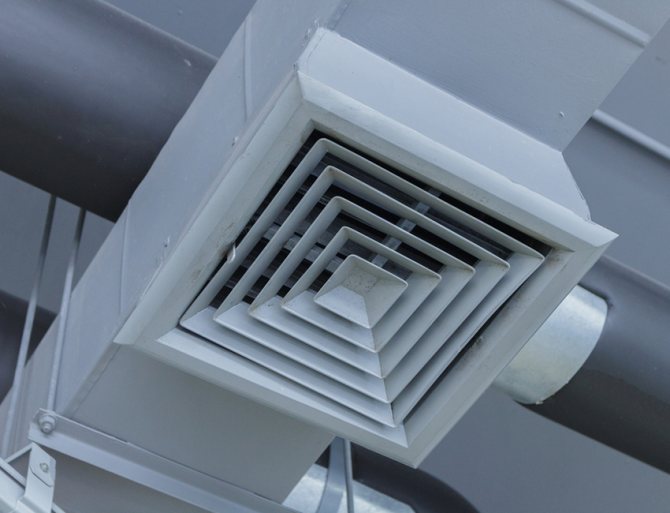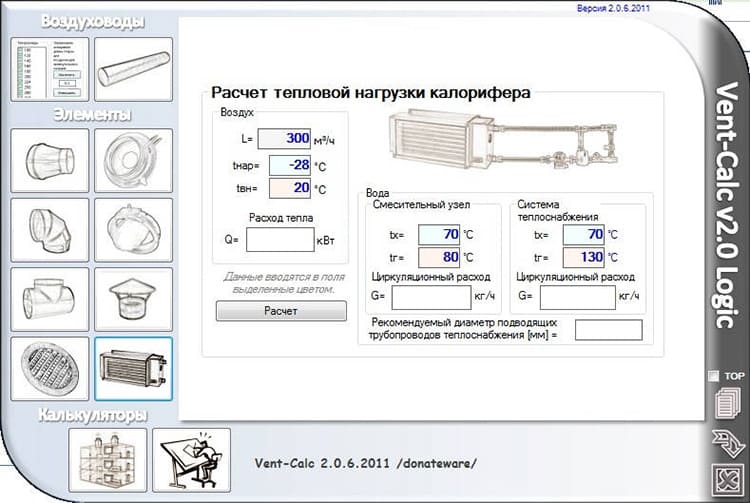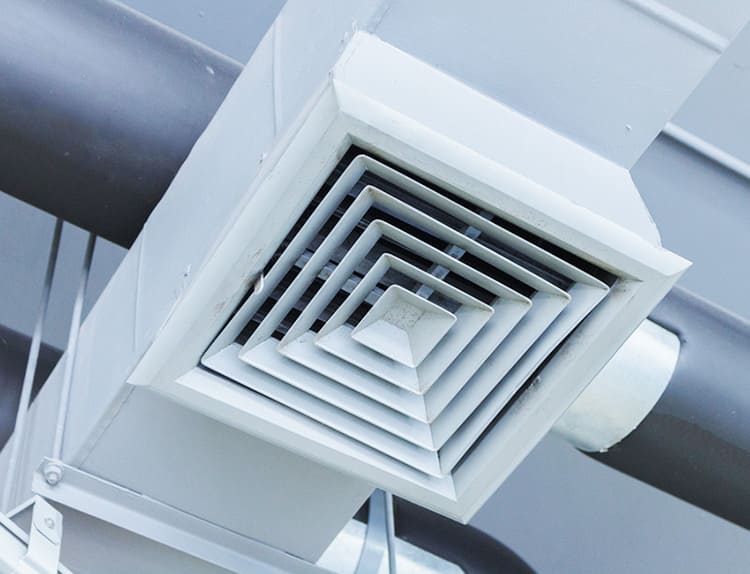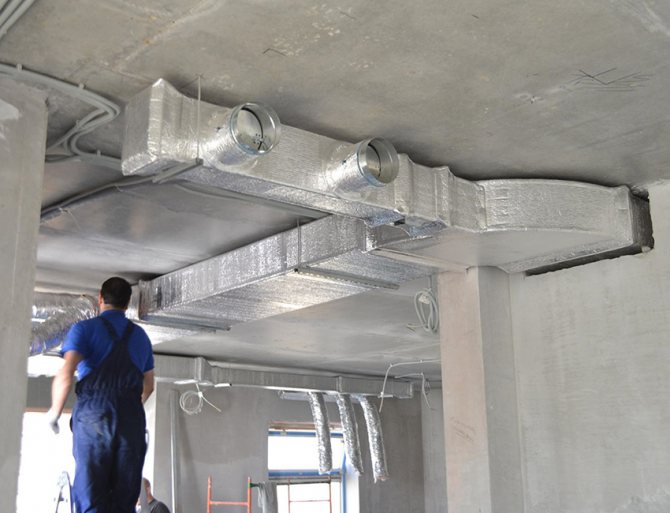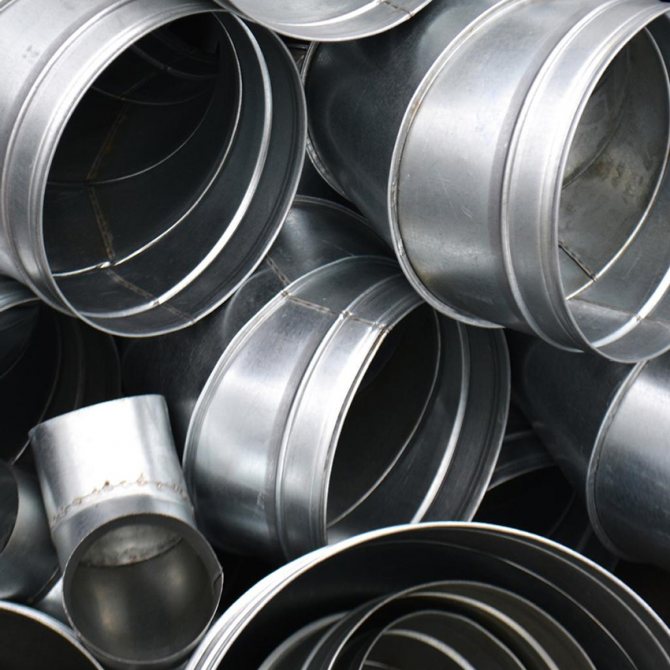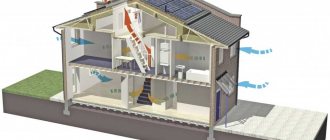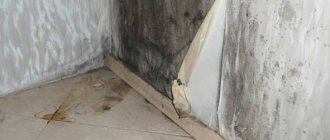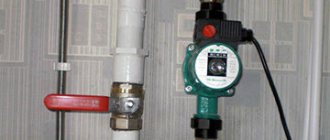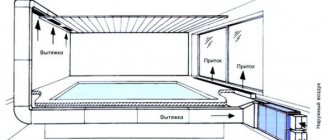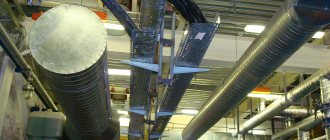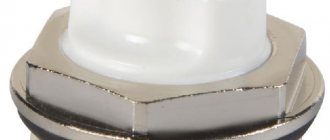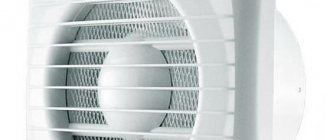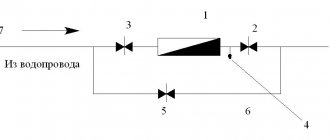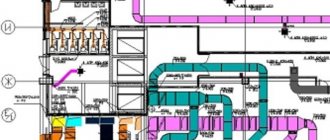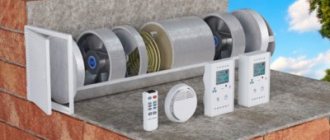Ventilation system calculation
Ventilation is an important part of the engineering systems of every facility. The main tasks of the system are the supply of clean air to the room, the removal and disposal of the used composition, the implementation of air exchange at a given frequency and at a calculated speed. Insufficient ventilation in the atmosphere of the building will reduce the level of oxygen, which will be replaced by carbon dioxide. This is unacceptable, since the correct gas balance affects the health and well-being of people. With unstable ventilation, excess moisture will accumulate in the premises, which leads to the development of pathogens. Uncontrolled relative humidity provokes the development of mold and has a detrimental effect on furniture and equipment.
performs calculation, design, installation, adjustment of ventilation systems. We offer innovative equipment and new engineering solutions that minimize project implementation costs and reduce subsequent operating costs. The online calculator, which is posted on the profile page of the site, will help you to get acquainted with the preliminary price of the system..
Calculation of the cross-section of air ducts by the method of permissible speeds
Calculation of the ventilation duct cross-section by the method of permissible speeds is based on the normalized maximum speed. The speed is selected for each type of room and duct section, depending on the recommended values. For each type of building, there are maximum permissible speeds in the main ducts and branches, above which the use of the system is difficult due to noise and strong pressure losses.
Fig. 1 (Network diagram for calculation)
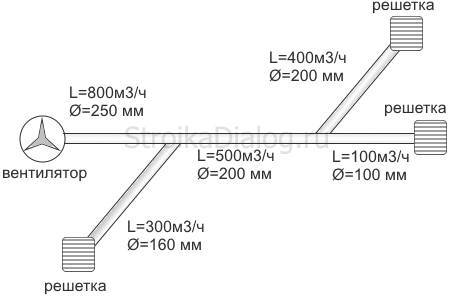
In any case, it is necessary to draw up a plan of the system before starting the calculation. First, you need to calculate the required amount of air that needs to be supplied and removed from the room. Further work will be based on this calculation.
The very process of calculating the cross-section by the method of permissible velocities simplistically consists of the following stages:
- A duct diagram is created, on which the sections and the estimated amount of air that will be transported through them are marked. It is better to indicate on it all the grilles, diffusers, section changes, turns and valves.
- Based on the selected maximum speed and amount of air, the cross-section of the duct, its diameter or the size of the sides of the rectangle are calculated.
- After all the parameters of the system are known, you can select the fan of the required performance and pressure. The selection of the fan is based on the calculation of the pressure drop in the network. This is much more difficult than simply choosing the cross-section of the duct at each section. We will consider this issue in general terms. Since sometimes they just select a fan with a small margin.
For the calculation, you need to know the parameters of the maximum air speed. They are taken from reference books and normative literature. The table shows values for some buildings and sections of the system.
Standard speed
| Building type | Speed in highways, m / s | Branch speed, m / s |
| Production | up to 11.0 | up to 9.0 |
| Public | up to 6.0 | up to 5.0 |
| Residential | up to 5.0 | up to 4.0 |
The values are approximate, but will allow you to create a system with the lowest noise level.
Fig, 2 (Nomogram of a round tin duct)
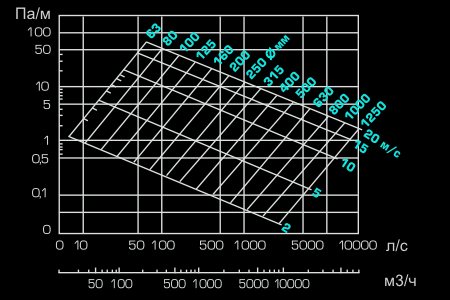

How do I use these values? They must be substituted into the formula or use nomograms (diagrams) for different shapes and types of air ducts.
Nomograms are usually given in the normative literature or in the instructions and descriptions of the ductwork of a particular manufacturer. For example, all flexible air ducts are equipped with such schemes.For pipes made of tin, the data can be found in the documents and on the manufacturer's website.
In principle, it is possible not to use a nomogram, but to find the required cross-sectional area based on the air speed. And select the area according to the diameter or width and length of a rectangular section.
Example
Let's look at an example. The figure shows a nomogram for a round tin duct. The nomogram is also useful in that it allows you to specify the pressure loss in the duct section at a given speed. These data will be required in the future to select a fan.
So, which duct to select on the network section (branch) from the grate to the main line, through which 100 m³ / h will be pumped? On the nomogram, we find the intersection of a given amount of air with the line of maximum speed for a branch of 4 m / s. Also, not far from this point, we find the nearest (larger) diameter. This is a pipe with a diameter of 100 mm.
In the same way, we find the section for each section. Everything is matched. Now it remains to select the fan and calculate the air ducts and fittings (if necessary for production).
Technical calculation of the ventilation system
Before starting the design, it is necessary to carry out an accurate calculation of the ventilation system. It is carried out by engineers with appropriate education. According to the calculated data, the flow pattern is determined, the type of ventilation is established, the power, the performance of the power equipment, and the cross-section of the air ducts are selected. This information is essential for the further design of an economical, efficient ventilation system.
Calculation errors consist in the wrong choice of equipment power.
- Excessive performance will significantly increase the project price when purchasing power plants. Their cost directly depends on the power. Formed streams will move with excessive speed, creating drafts. Operating costs will increase many times over.
- Equipment with insufficient power will not be able to form stable, directional flows, ventilation will not meet the established standards.
The calculation is carried out according to the developed methodology, which takes into account:
- dimensions, purpose of the object, features of the architectural solution;
- the required frequency of air exchange, the volume of air supply per person or per square meter of area (taking into account the height of the ceilings);
- power of heating / cooling elements, filter types, system resistance;
- pressure, flow rate generated by fans;
- noise level from operating power plants, air movement through the channels.
All these factors were taken into account when developing typical projects with different requirements for air parameters. Our engineers have carried out a full calculation of the supply and exhaust ventilation, the calculator installed on the site will help everyone to get acquainted with this information.
How accurate is the amount displayed
You must know that it is impossible to do the calculations by eye. The calculator gives the approximate cost of implementation, and the exact one is calculated after creating the estimate. First, a measurer comes to you, examines the room. It stores the following data:
- Wall material;
- Ceiling, floor type;
- Sizes of rooms and utility units;
- Aerodynamic properties of the object;
- Air condition in the territory;
- Enterprise type.
In fact, there are much more parameters. On top of that, you are discussing the price segment of additional equipment, since we have equipment at an average and high cost. It's just that some customers are more profitable to carry out repairs every few years, others want to make a network once and forget about it.
Budgeting:
in front of it, a wiring diagram is implemented that takes into account the main parameters.Immediately, the final calculations of the ventilation system are made online, on the basis of which the estimate is made. All materials, details, up to fasteners are registered in it. If necessary, you correct it by deleting and changing the necessary nodes. Thus, you can lower the final cost or increase the quality, power, and other characteristics. There are many options. It is better to discuss them with our manager.
Good to know: we send a specialist to the site free of charge. The money is paid after discussing the nuances and signing the contract.
At the end, an agreement is made with the customer. The project enters the last stage, which implies paperwork in accordance with GOSTs. The production of all parts begins immediately. It is carried out in our workshops - this is a significant plus. Many companies order assemblies from resellers, but this approach excludes quality control. Defects are often noticed after installation. The implementing organization may eventually refuse to cooperate with a particular supplier, but the product it creates will have to be installed. The client suffers from this. In our country, bad components simply will not pass quality control, and therefore will not leave the factory and will not get to you.
The amount received in the calculator can change both up and down after all the measurements.
Good to know: SaNPin precisely specifies the permissible air exchange rates, as well as the maximum values for harmful substances in the environment. In addition to SNiPs numbered 2.04.05-91 and 41-01-2003, there are also sanitary standards. Today it is GN 2.2.5.3532-18.
Ventilation types
Ventilation can be divided into two subgroups: natural and forced. Schemes can complement each other or be applied independently.
Natural
In such a scheme, the movement of air masses is provided by natural causes, pressure differences inside and outside the building. The higher the building, the more efficient the ventilation. All apartment buildings, schools, kindergartens, etc. are equipped with such systems. But with the use of innovative building materials, this scheme becomes outdated. The fight for energy efficiency involves sealing buildings, limiting the flow. Therefore, natural ventilation is part of more complex schemes.
Forced
Air exchange in this case ensures the operation of power plants, which create a stable, efficient flow that replaces air for a calculated number of times. Ventilation is provided by a different set of equipment.
Supply
A feature of this air exchange is the injection of prepared air into the room. The waste mixture is discharged through natural channels through transoms, air vents, etc. This scheme is used in residential buildings, apartments and with minor modernization at industrial facilities. The design advantage of the equipment is the possibility of air preparation (filtration, temperature and humidity control). Our engineers prepared projects, calculated the supply ventilation of the premises, an online calculator can provide this information. The supply ventilation system calculator allows, knowing the type and area of the object, to understand the approximate cost for a complex system.
Exhaust ventilation calculator
This system works in the opposite way. Air enters the room through open openings, and is removed by exhaust equipment located in the "dirty zones". Its task is to localize pollution, preventing air from spreading throughout the room. A similar scheme is used for the equipment of industrial enterprises in which pollution occurs in one or more limited places. Welding stations are an example.
This scheme is also used in private housing construction. Such schemes are recommended in ecologically clean areas, since it is impossible to carry out effective air preparation.The company has calculated exhaust ventilation, the calculator will help you to get acquainted with the price for buildings with different purposes in a few seconds. The calculator for calculating the exhaust ventilation system from the Avimos company allows you to choose the required type of room, area and find out the approximate price for a ready-made solution.
Supply and exhaust
This is the most efficient ventilation scheme, since the supply and exhaust are driven by the power plants. As a result, clearly directed streams are formed that move at a calculated speed. The scheme does not depend on natural conditions and maintains the specified modes throughout the year. Effective air preparation allows you to create a microclimate throughout the building and in individual areas of the premises. It will help you determine the approximate cost of a ventilation system with installation.
Calculation of the area of air ducts using the formulas
Inaccuracy in calculating this indicator of the ventilation complex can be disastrous. A decrease in the required value will inevitably cause an increase in pressure in the ventilation mines, therefore, provoke the appearance of an extraneous hum. You can calculate the area of the rectangular ventilation duct using the formula:
S = L * k / V, where:
- S - cross-sectional area (m2);
- L - air consumption (m3 / h);
- k is the required coefficient, equal to 2.778;
- V is the air mass flow rate.
In addition, using mathematical calculations, you can find the real cross-sectional area of the ventilation duct. For this, the formula is used:
S = A x B / 100 - for square or rectangular boxes;
S = π * D² / 400 - for round boxes, where:
- A - box height (mm);
- B - box width (mm);
- D is the diameter of the round box (mm).
To get more accurate values, you can compare the data obtained using engineering calculations and an online calculator. The area of the ducts should not differ significantly.
The dimensions of the ventilation ducts are calculated individually for each area. It should be noted that air speed can be ≈ 8 m / s, since the dimensions of the connecting flange of the ventilation system are limited by the dimensions of its frame. To reduce the air flow rate and the level of noise pollution, the dimensions of the ventilation units are made several sizes larger than that of the flange. In such conditions, the central air duct is connected to the ventilation unit through an adapter.
For ventilation systems for household use, circular or rectangular air ducts with a diameter of 100-250 mm are most often used.
Calculation for the room
The preliminary price of ventilation of all types of buildings can be found on the website. The company's engineers performed a technical calculation of several typical projects, selected equipment and made a business case.
The results of the work were compiled into a convenient online calculator. It is enough to choose the type of building from the proposed list, the area of the object is from 50 to 10,000 m2, the type of ventilation. The price will be determined in a few seconds.
If you need an exact calculation of room ventilation, contact the company manager who will send our engineer to the site. The employee will get acquainted with the features of the structure, study the technological processes, find out the parameters of air exchange to ensure the operation of production equipment (for enterprises and commercial buildings). Based on these data, a preliminary air exchange scheme will be drawn up, an effective set of basic and auxiliary elements will be selected, and the type of ventilation will be developed. The economic calculation will serve as the basis for the commercial proposal, which will be prepared by the manager and handed over to the customer.
- a responsible and reliable partner. We offer flexible pricing for complex services.There are constant promotions on the site, where you can buy ready-made ventilation systems at a discount. Our work and the equipment used are accompanied by an official warranty.
How to calculate the air pressure loss in straight sections
To calculate this parameter, a formula is used that is slightly more complicated than the previous ones:
P = R × L + Ei × V2 × Y / 2, where:
- P– air pressure in the duct;
- R is the frictional pressure loss in the duct;
- L is the length of the ventilation shaft;
- Ei - the sum of pressure losses on local resistances (bends, transitions, branches, etc.);
- V is the air speed in the ventilation system;
- Y is the density of air masses along the channel.
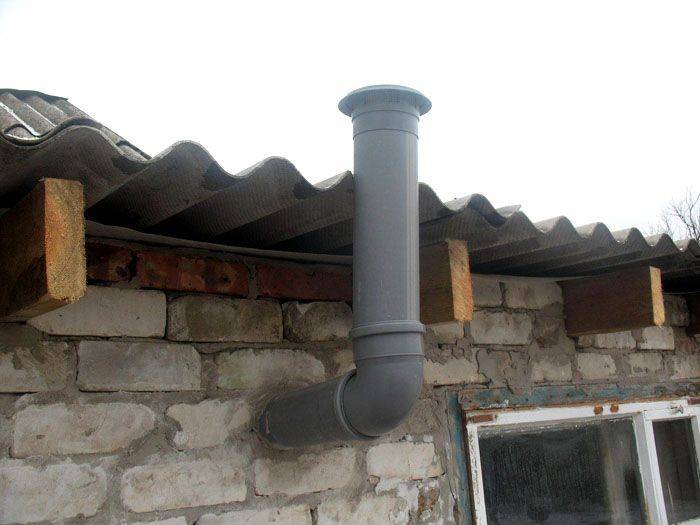

The shorter the natural ventilation outlet, the worse the air exchange
Do-it-yourself ventilation in a private house. Why do you need it, the types of systems and instructions for their correct installation, the nuances of ventilation of various rooms, the recommendations of professionals - all this in our material.
Shaped products
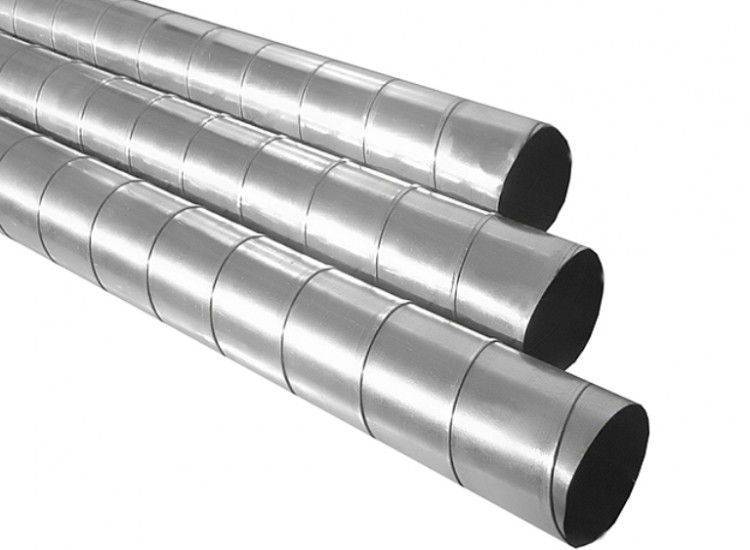

To calculate the necessary parameters of both fittings and the ventilation itself, there is no need to use the formulas yourself. To simplify the entire design process, engineers have created specialized programs (calculators) that are capable of calculating themselves. The only thing that is required from the user is to enter the requested values.
Only an engineer can independently calculate the value for fastening fittings. However, even professionals cannot do without special tables, values and formulas with the necessary coefficients. A person without sufficient knowledge in the relevant areas is not able to independently carry out the design.
When calculating the diameter of the duct, use the table of equivalent diameters. This table takes into account large cross-sectional ducts, where the reduction in frictional pressure is equivalent to the reduction in pressure of rectangular structures. Equal diameters are only necessary if you want to calculate rectangular facades using tables for structures with a large cross-section (round).
An equivalent (equivalent) value can be found in one of three ways:
- by air consumption;
- by air flow rate;
- over the cross section of the duct.
Each of these values is completely related to some parameter of the ventilation system. To define each parameter, you will need to use an individual calculation table. The final result is the frictional pressure loss. If all measurements were correct, regardless of the calculation method, the result will be completely identical. Calculation errors can occur due to violation of measurement guidelines.

